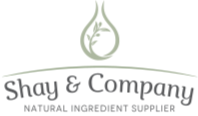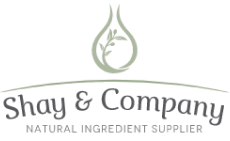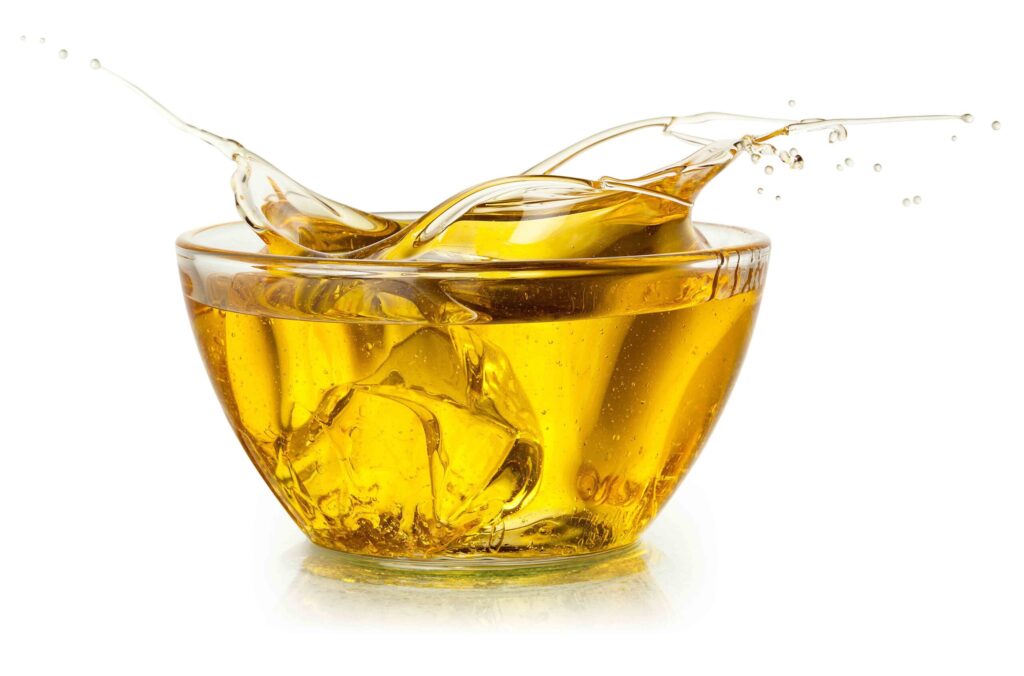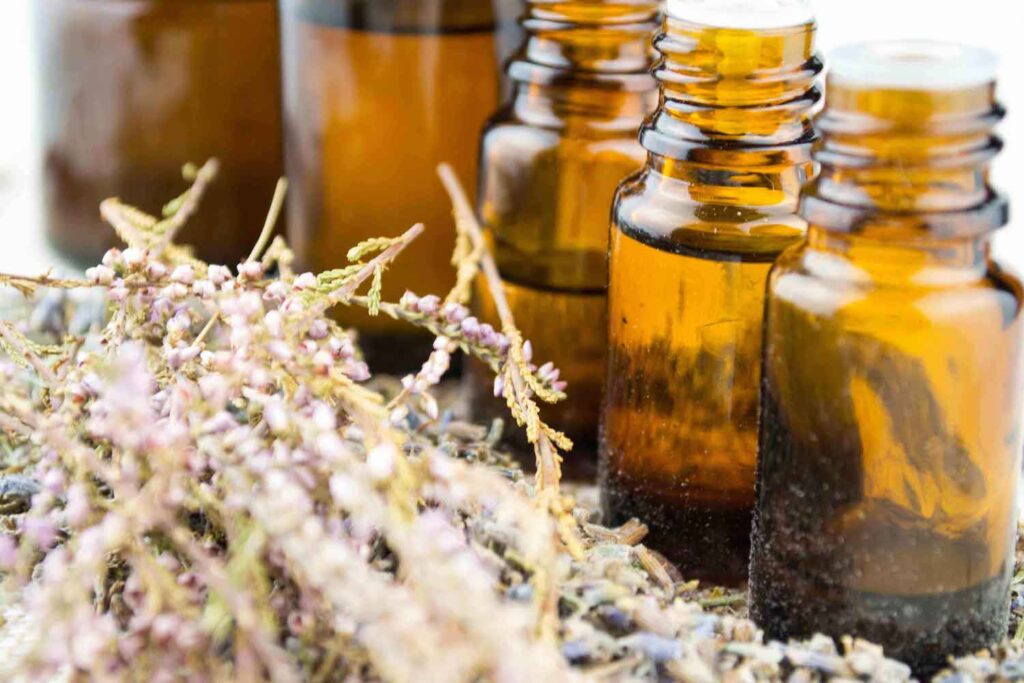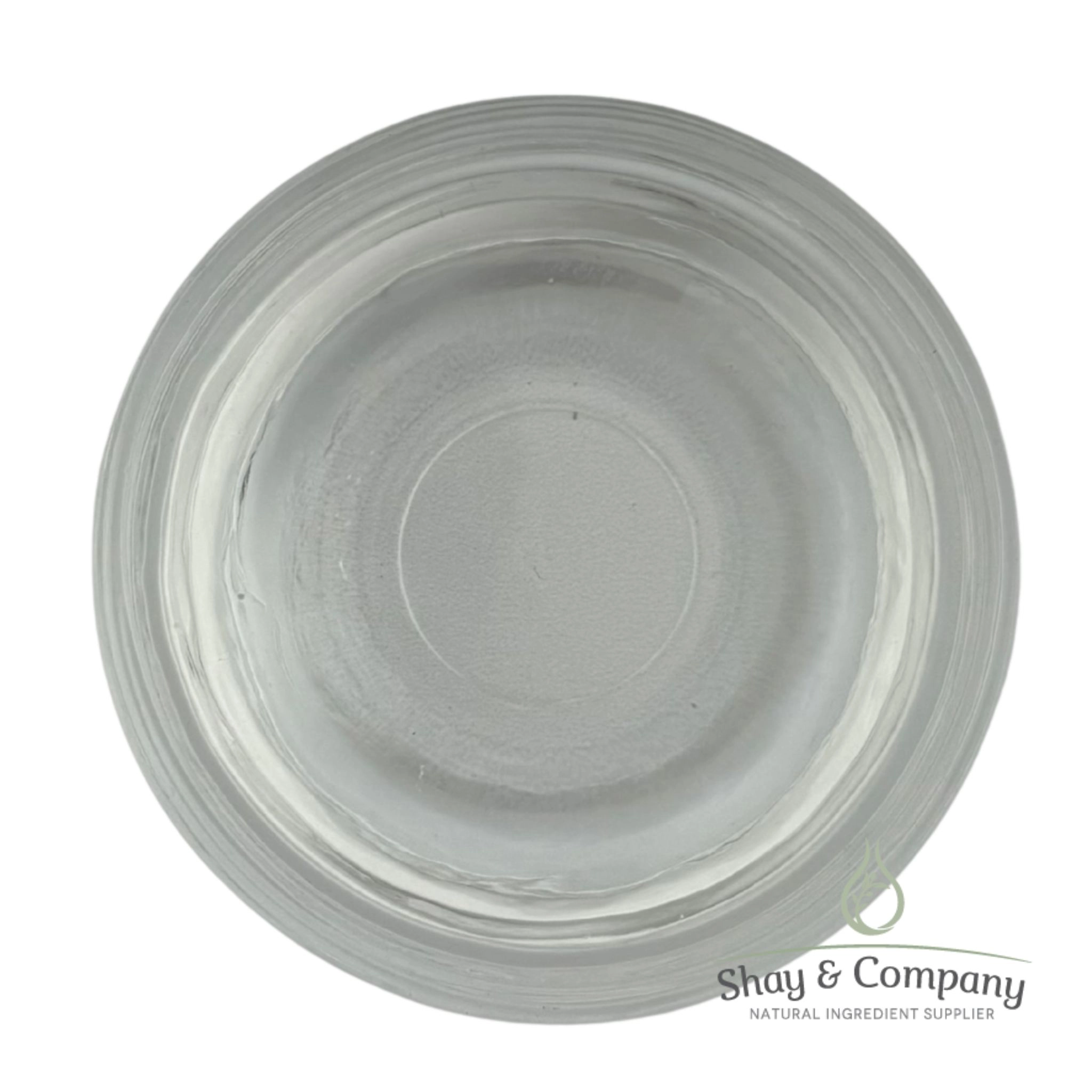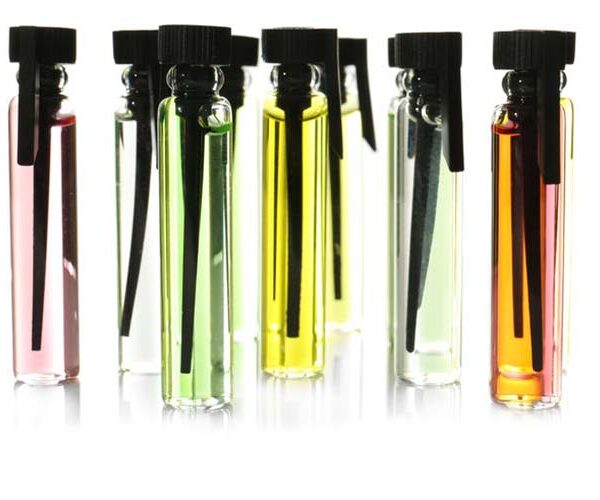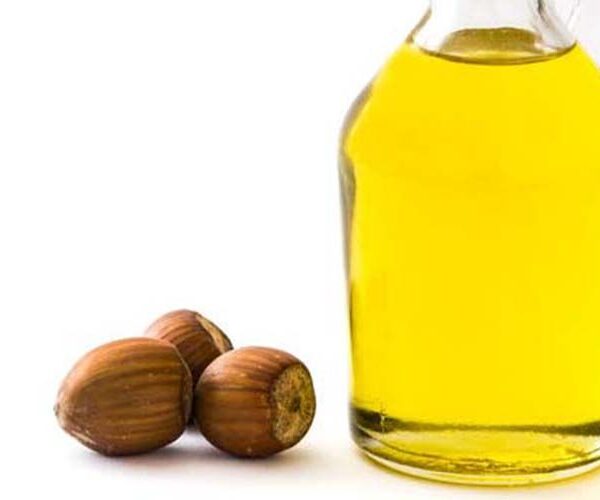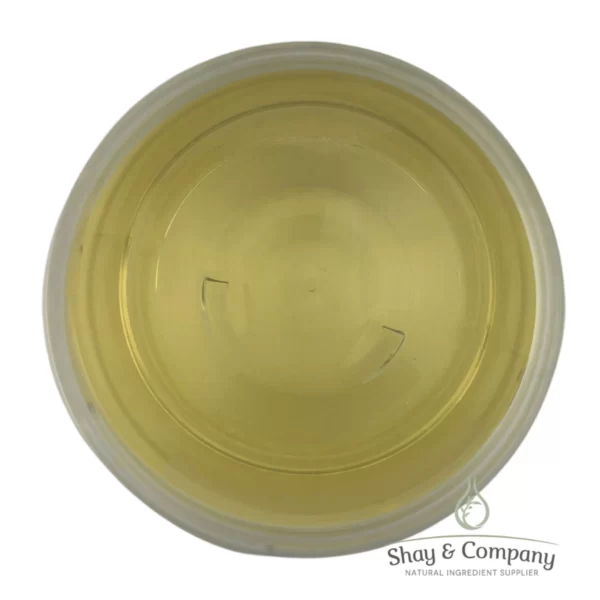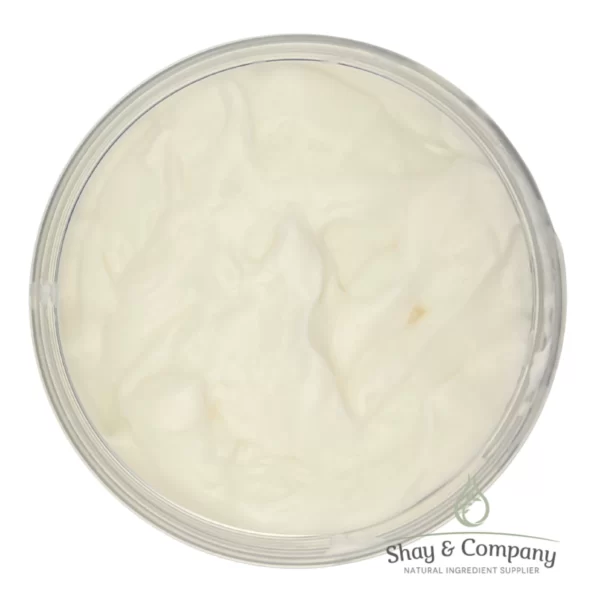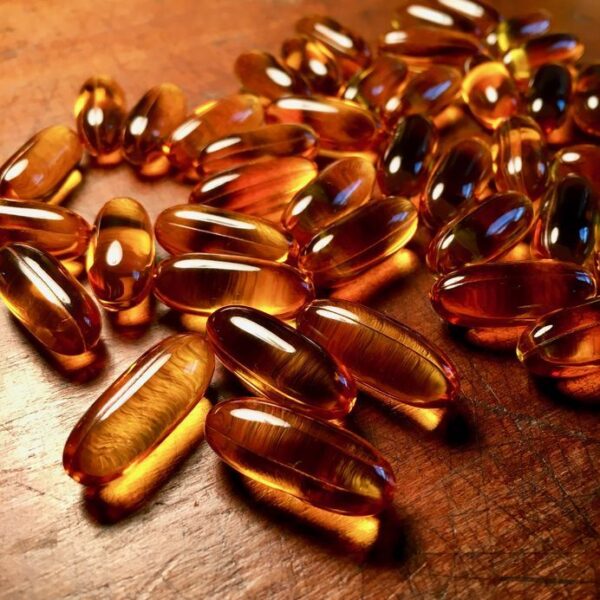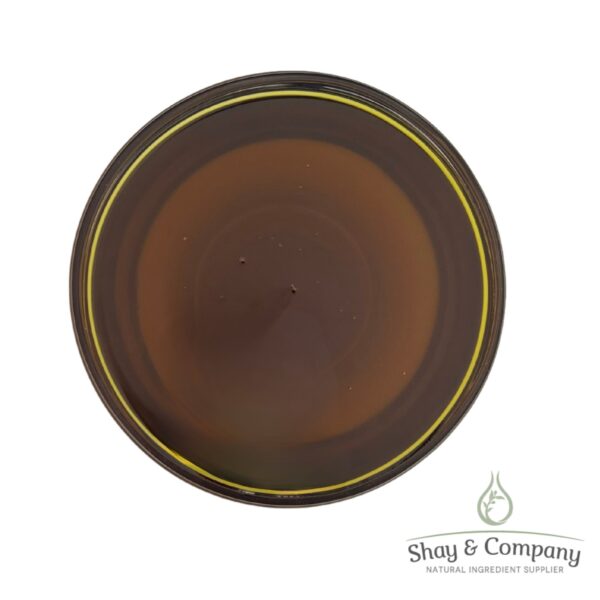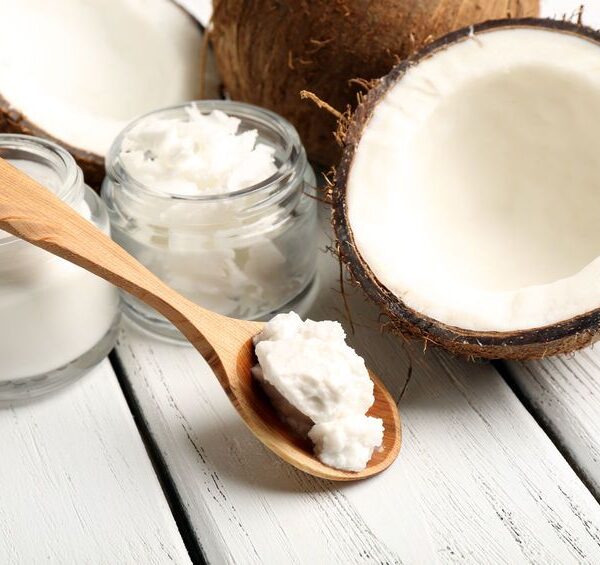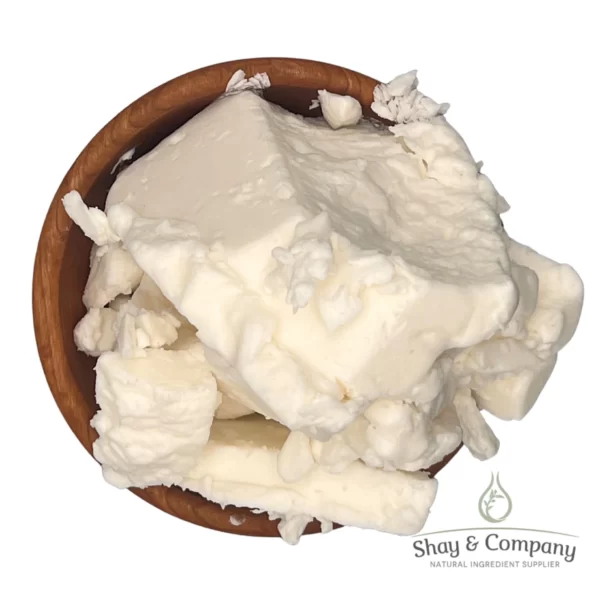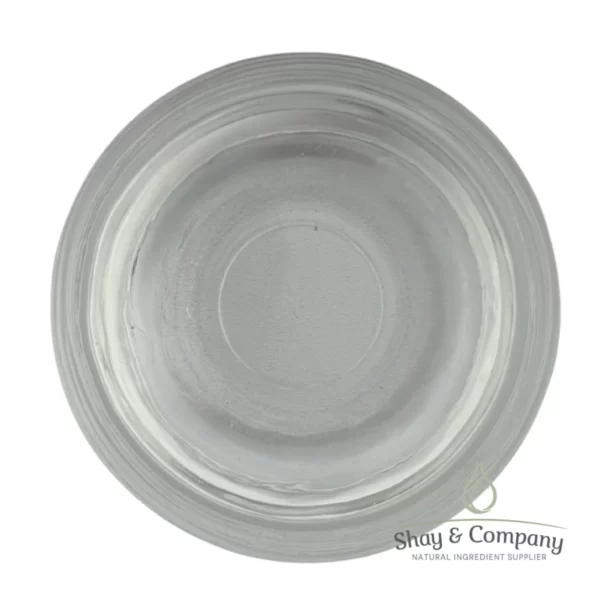1,3 Propanediol Natural
Ingredients/Tech Specs:
CTFA Name: 1,3 Propanediol
INCI Name: 1,3 Propanediol
COUNTRY OF ORIGIN: USA
Packaging: Drums, BPA-free pails, BPA-free jugs, amber glass bottles
Description: Clear oil; no aroma
Applications: Skincare, Soap Manufacturing, Hair care
Benefits: humectant, emulsifier, preservative booster, thickener, emollient, hydrator for dry ingredients like HA powders, solvent, enhanced penetration of active ingredients, propylene glycol alternative, increases lather and cleansing feel in foaming cleansers
Suggest levels of usage: 10-40%
Suggested products: facial serums, hair serums, hair treatments, shampoo, conditioners, facial creams, under eye creams, natural deodorants, lotions, body creams, styling creams, hair masks, facial cleansers, micellar waters
pH range: 4-8
1,3 Propanediol Natural is a 100% plant-based humectant and preservative that can be used in any and all types of skincare and hair care formulas. Our all-natural propanediol is derived from fermented, non-GMO, corn, right here in the US!
I cannot even begin to tell how many ways you can use this product! You’ll love adding this to your line.
What are the ways you can use natural propanediol in your formulas?
- It is an excellent alternative to any glycols, including propylene glycol, butylene glycol and glycerin in formulas!
- Any product in which you want a higher level of moisture on the skin or hair, use natural propanediol
- You can add natural propanediol to any product to help increase the effectiveness of any preservative, allowing you to stay the 1-2% level of your preservative while also gaining the other skin benefits of propanediol.
- Helps increase absorption of active ingredients into hair and skin.
- Can also be used as thickener in cosmetics and hair care formulations.
How is natural propanediol different from synthetic propanediol?
Here at Shay and Company we always prefer plant powered ingredients over synthetic ingredients. If a product is offered in an all-natural form, we will always provide that one. Sometimes ingredients are only made synthetically, which we do offer those.
Natural propanediol is derived from renewable, non-GMO corn sugars. It is an eco-friendly version and can be used in “clean” beauty products.
The synthetic version of propanediol is derived from petroleum, of which I am never a proponent of petroleum-based skincare ingredients. Paraffin in a candle is what it is, but petroleum is never good on the skin or hair.
How is natural propanediol made?
Natural propanediol is derived from fermented corn sugar. Fermented products have a might higher availability when used on the skin, which only enhances the natural version’s potential in your formulas. Starch is extracted from non-GMO corn and fermented using microorganisms. This creates the propanediol, which is then purified and refined using a physical process only, not bleach or chemicals.
What is the suggested level of usage or propanediol?
1-10% but if you really want to get wild, up to 40%!
When would you use 40% natural propanediol?
If you’re creating a hyaluronic acid serum and you simply want to focus on the highest level of moisture retention possible, here is your formula:
40% Natural Propanediol
3% HA 3000K
10% HA 120K
38% Sodium Hyaluronate 7 Solution
This serum would be fire for the skin! So hydrating. You’ll hydrate the hyaluronic acid powders into the natural propanediol, then blend the rest of the formula together. You could use this as a base formula and add in any other actives to create a variety of serums. Things like :
- Tetrahexyl Decyl Ascorbate (Vitamin C) and Watercress Extract to create a skin brightening serum. Any vitamin c product should go into a colored bottle to protect the long-term integrity.
- Retinaldehyde
- Astaxanthin
- AHA Fruit Enzyme Blend, Lactic Acid, Tartaric Acid and Keifer Water– all designed to help exfoliate skin
- Bakuchi Oils (both the Co2 extracted version and the cold pressed to make it super effective), and Buriti Oil– these are all plant based retinol’s and work to exfoliate the top layer of dead skin, while also penetrating to help bring up healthier, younger looking skin. These oils will add color to your finished formula so I do suggest using a colored bottle.
- Allantoin to increase skin healing and moisturization
- Tripeptide 29 Collage Pre-Peptide to create a peptide serum
There are so many other combinations, using natural propanediol as an excellent base.
When to incorporate natural propanediol into your formulas?
You’ll add natural propanediol in the water phase of your formulas.
What are the benefits of natural propanediol in hair care formulas?
Natural propanediol will do the same for hair as it does for skin.
- Increase moisture retention in hair follicles- include in your liquid and bar shampoos and conditioners to both increase moisture and decrease frizz.
- Helps to blend together ingredients, creating a smoother finished texture
- Helps to work as a natural preservative
- Increases lather, leaving hair feeling cleansed without being stripped
- Excellent for curly, dry or chemically treated hair treatments
How to make botanical extracts using Natural 1,3 Propanediol?
Propanediol is an excellent alternative for making botanical extracts. You can use this in place of glycerin, alcohol or propylene glycol.
- You’ll use 1 part botanical to 4 parts propanediol
- You can use a brew mesh bag to contain the botanics, then submerge that into the propanediol
- Seal and store for 2-4 weeks. The longer it steeps, the stronger the extract
- When ready, remove the mesh brew bag and strain through coffee filter or fine mesh
Natural 1,3 Propanediol is sold in 4-ounce amber glass, 8-ounce amber glass, 16-ounce amber glass, BPA-free half-gallon plastic jugs, BPA-free 1- gallon plastic jugs, BPA-free 5-gallon plastic buckets, and 55+gallon sizes. Please email us directly for 55-gallon+ orders.
Short Term Storage: Air tight container. Dark location. Cool room temperature.
Long Term Storage: Removing air from storage container will delay oxidation and rancidity (may need to place in a smaller container). Refrigeration can extend shelf life.
Best Used By: One year from date of purchase.
Shelf Life: See C of A for lot specific expiration dates.
